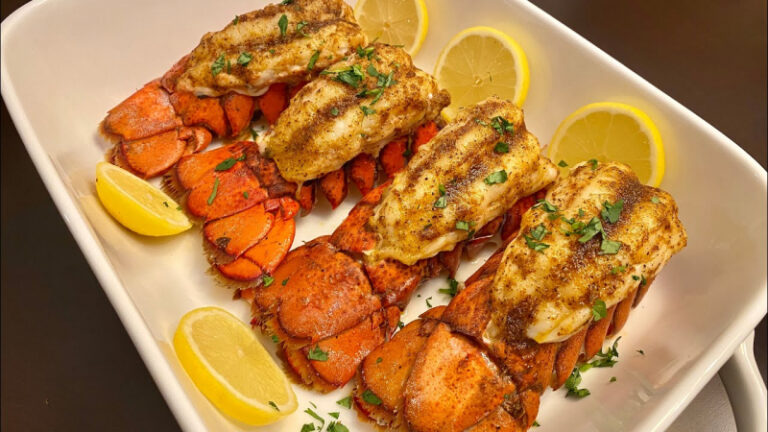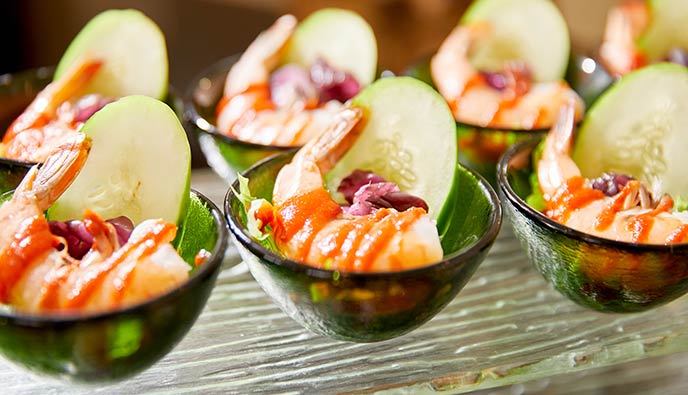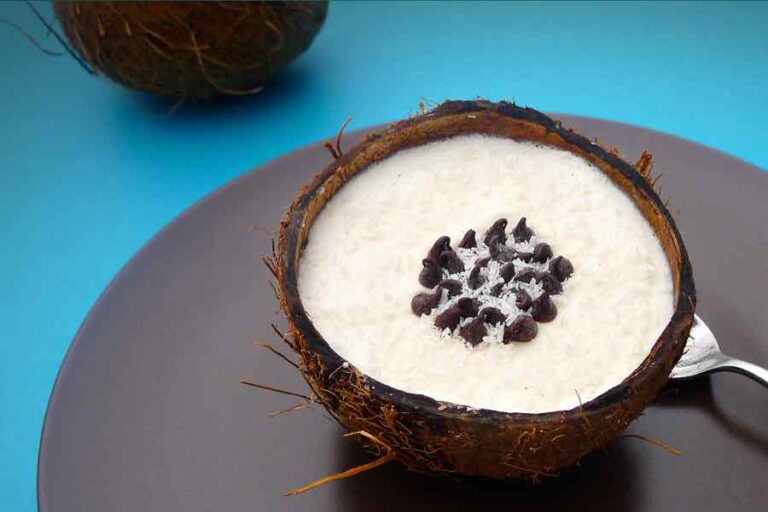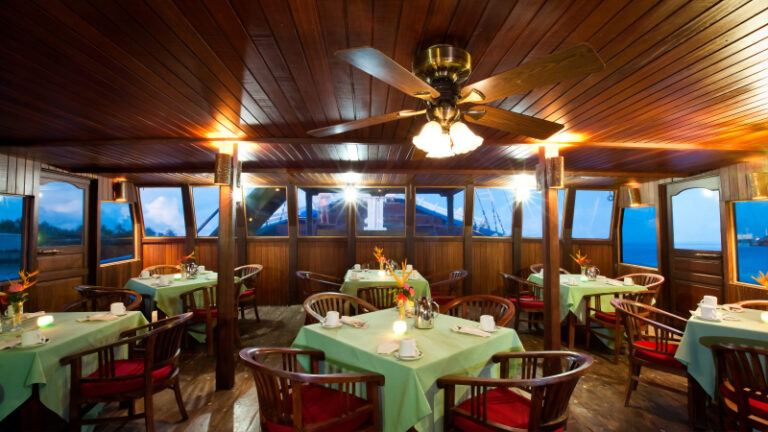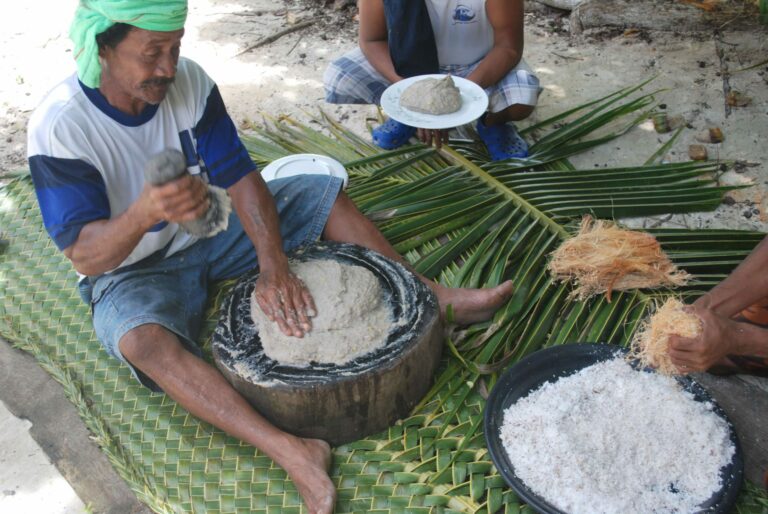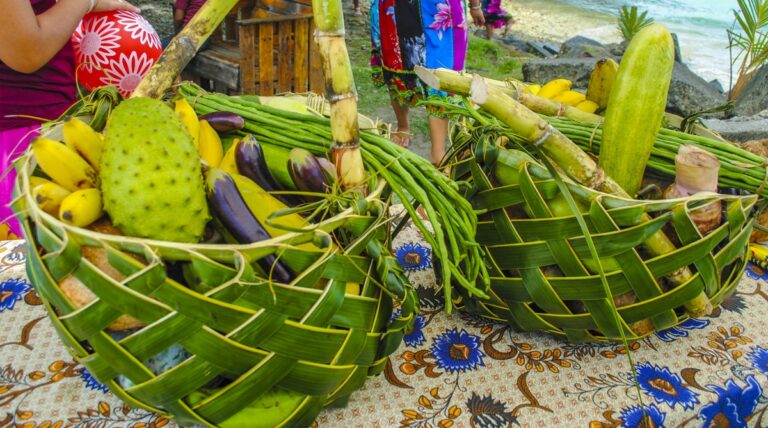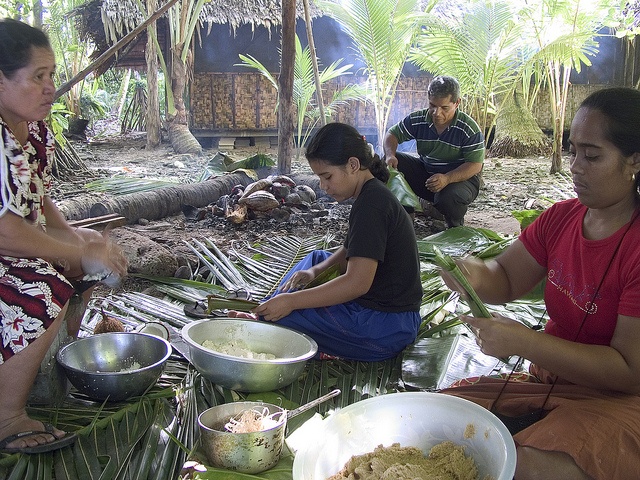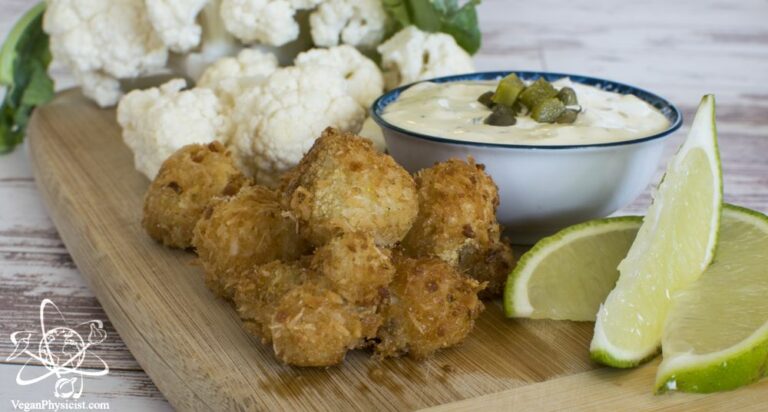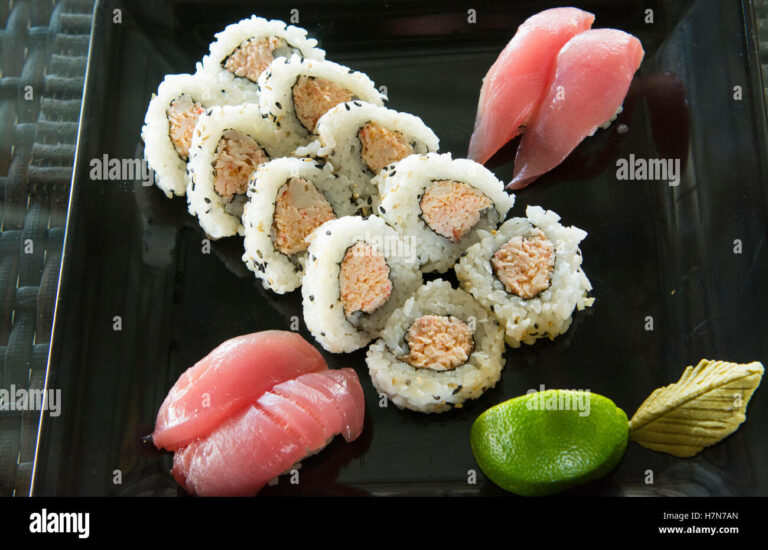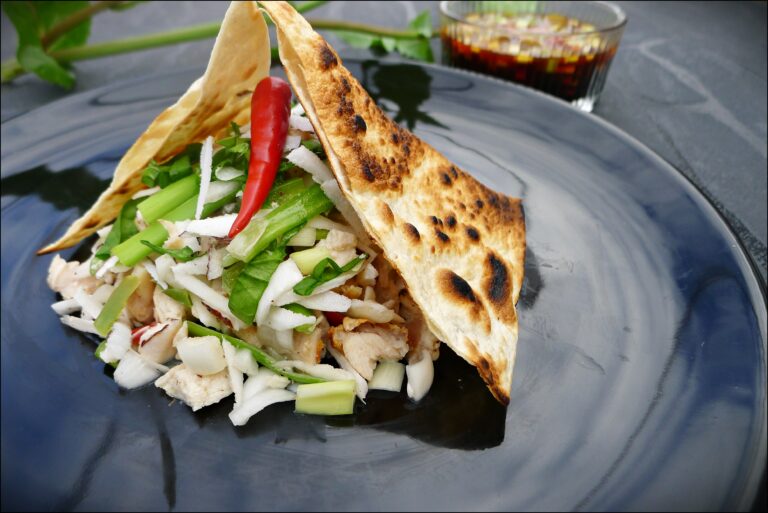Introduction to Kiribati cuisine
Kiribati is a small island nation located in the central Pacific Ocean. The country is made up of 33 coral atolls and islands, and its cuisine is strongly influenced by its oceanic surroundings. Kiribati cuisine is characterized by its use of coconut, seafood, and traditional staple foods such as taro and breadfruit. The dishes are simple yet flavorful, with a focus on fresh, locally sourced ingredients.
Polynesian and Micronesian influences
Kiribati is located in the region of Micronesia, but it also has cultural and historical ties to Polynesia. As a result, there are some similarities between Kiribati cuisine and the cuisines of Polynesia and Micronesia. For example, coconut is a staple ingredient in all three cuisines, and seafood is also a common component of many dishes.
Traditional staple foods in Kiribati
The traditional staple foods in Kiribati are taro, breadfruit, and coconut. Taro is a starchy root vegetable that is often boiled or roasted and served as a side dish. Breadfruit is a starchy fruit that is cooked and served in a similar manner to potatoes. Coconut is used in a variety of ways, including as a cooking oil, a flavoring agent, and a sweetener.
Similarities between Kiribati and Polynesian/Micronesian cuisine
One of the main similarities between Kiribati and Polynesian/Micronesian cuisine is the use of coconut. In all three cuisines, coconut is a staple ingredient that is used in a variety of ways. Seafood is also a common component of all three cuisines, reflecting the importance of the ocean in the lives of these island communities. Another similarity is the use of starchy root vegetables, such as taro and yams, as staple foods.
Differences between Kiribati and Polynesian/Micronesian cuisine
While there are similarities between Kiribati and Polynesian/Micronesian cuisine, there are also some differences. For example, Kiribati cuisine tends to be simpler and less spicy than Polynesian cuisine. Additionally, while taro and breadfruit are staple foods in all three cuisines, each culture has its own unique ways of preparing and serving these ingredients.
Conclusion: The unique flavors of Kiribati cuisine
Kiribati cuisine is a reflection of the country’s oceanic surroundings and cultural heritage. While there are some similarities between Kiribati and Polynesian/Micronesian cuisine, Kiribati has its own unique flavors and culinary traditions. By using fresh, locally sourced ingredients and traditional cooking methods, Kiribati cuisine offers a taste of the island’s rich cultural heritage.

